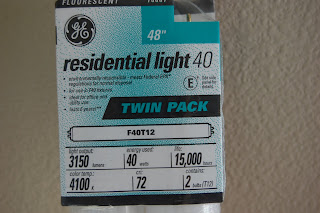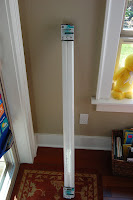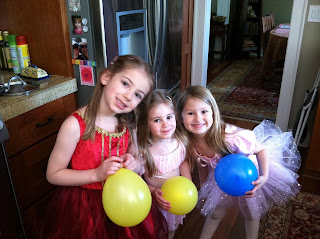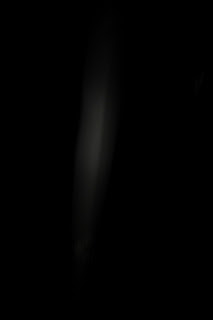Programming
Note: We will be headed out of town for a bit a spring break fun, so I will not
post tomorrow. See you Saturday!
Yesterday I posted about the board games that we are using to stave off boredom over our
rainy spring break stay-cation. In today’s post I want to share with you
some of Kindergarten Kiddos favorite card games.
First
up: Old Maid
For
some reason this card game never fails to delight Kiddo.
Next
at bat: Go Fish
Another
classic game that I remember from my own childhood.
Last,
but not least: Crazy Eights
All of
these card games (and yesterday’s board games) are perfect for the 4-6 year old
set for a few key reasons:
- They require little or no reading
- The rules are easy to learn and to follow
- They are games of chance, requiring almost no strategy, meaning your Kiddo can beat your socks off fair and square.
A word
about chance: One of the great lessons I’ve learned in life is the lesson
of letting kids lose.
A few
years ago I was playing a card game with my highly competitive niece (then
about 5 years old) and her grandmother. Luck was not on my niece’s side
that evening, and as the game drew towards its inevitable end, my niece grew
more and more distressed (read: maudlin) over the fact that she was going to lose.
I
started manipulating the game so that the odds would be in my niece’s favor and
was annoyed when I realized that her grandmother was not; instead, she
continued calmly playing her cards until she delivered the final, devastating
blow.
While
my niece melted into histrionics over the game, her grandmother gently stroked
her back and said, calmly but firmly,
“I know you're disappointed, but you
don’t always get to win. Some things are out of our control and you have
to play the cards you’ve been dealt, even if they’re not the cards you
want.”
Wow.
She was right. I’ve never forgotten that card game and the urge I had to
“rescue” my niece from the uncomfortable feeling of losing. But at what
cost?
See, I
think that this is where games, like books, let us experience (in a small way)
the bigger emotions of life. We feel the thrill of victory, the agony of
defeat, the heady pleasures of luck, and the bitterness of having to play out a
bad hand.
Who knew so much
could happen during a simple card game?







































.JPG)

.JPG)
.JPG)






.JPG)
.JPG)
